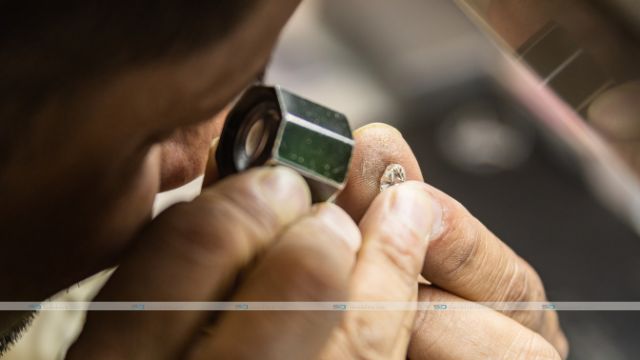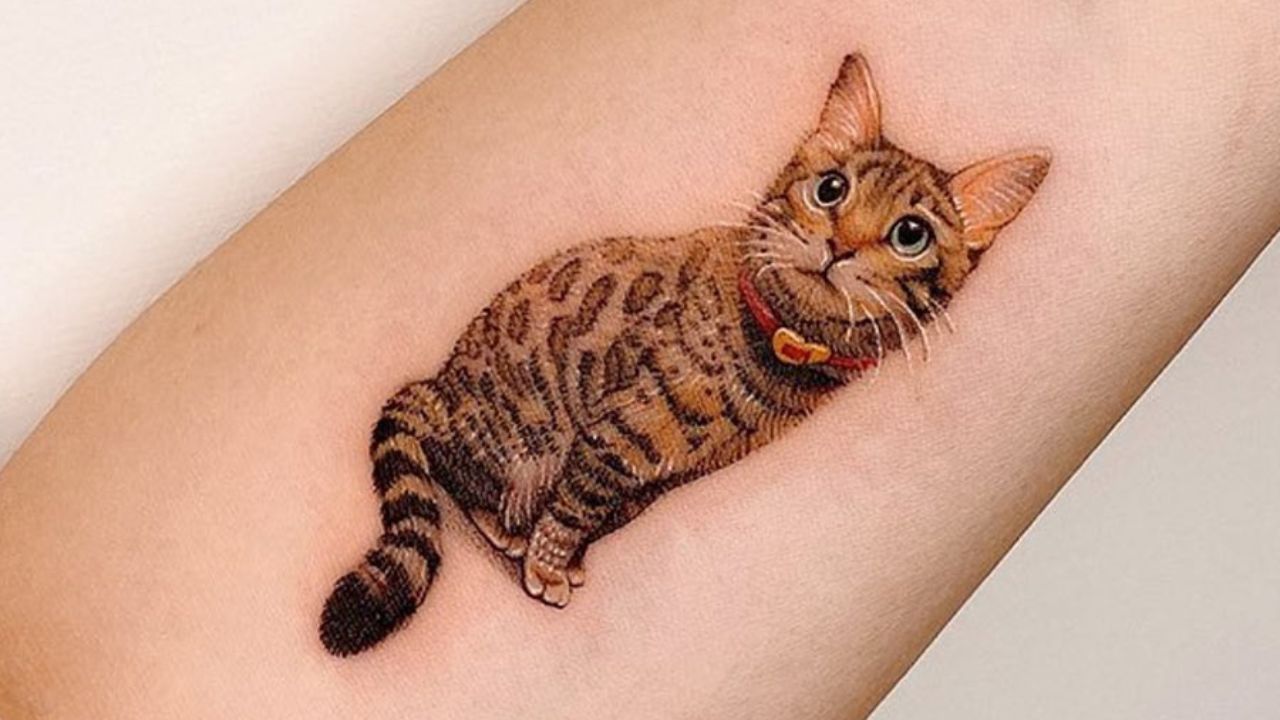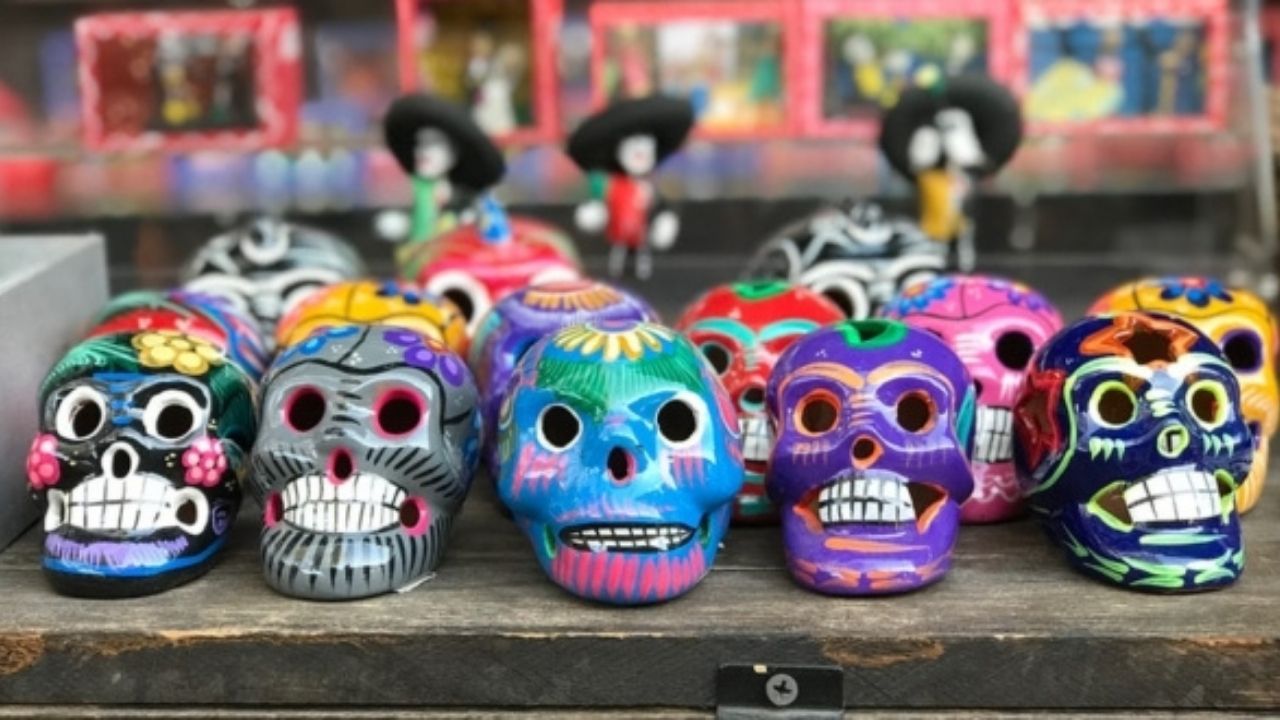That’s a pretty great and universal list but don’t bother. We’re about to get more precise. The description varies with some of its components are universal. Since dragon tattoos come in different styles, we have selected the most common ideas to explore their significance in detail.
Japanese Dragon
Dragons are amongst the crucial creatures in Japanese culture. It was even considered that the first Japanese emperor was a descendant of dragons. Although a few Japanese inscriptions represent flying dragons that live in the sky, they are ordinarily aquatic creatures. In Japan, dragons symbolize the protection of family and loved ones, the protection of the home, and strength and longevity. The Japanese dragon is observed as a protector and bringer of happiness. Therefore, a Japanese dragon tattoo suits a strong person and will grow or protect others nearby him. Japanese dragon tattoos ordinarily incorporate elements like streams of water. The reason? Water depicts life for the Japanese as well as being the essential habitat of dragons.
Also check – Rose Tattoo Meaning: Bloom in the Bodies
Celtic Dragon
Celtic dragons vary from Western Dragons in that they are not evil and non-demonic. Alternatively, they were recognized guardians of the universe’s mysteries. For this analysis, they are among the most potent Celtic symbols. Such dragons have appeared on emblems, armours and clothes for thousands of years. The idea of Celtic dragons presents for majestic tribal dragon tattoos, with their complex curls and knots. A Celtic dragon tattoo is associated with balance, wisdom, and spirituality. The dragon’s body is usually depicted with many intertwined ties to show the ups and downs of life. They are also often described with the mouth biting the tail to symbolize the cycle of life that frequently echoes.
Chinese Dragon
Dragons are the most revered creations of Chinese mythology. Back in imperial China, the dragon was the representative of the emperor, who was the only person authorized to represent dragons. It was even used on the emblem of the Qing Dynasty from 1862 to 1912. A Chinese dragon tattoo represents strength, power, knowledge, longevity, and good luck in terms of meaning. Chinese dragons are not violent instead of Western dragons; they are considered protectors and helpful to humanity. Chinese dragons are almost invariably depicted as soaring toward the sky. A dragon going downwards is seen as a grave omen.
Western Dragon
In Western cultures, the dragon has the contrary implication of its Oriental equivalent. It’s usually a powerful and frightening beast that is not to be messed with. In Nordic and Greek mythologies, fighting a dragon was a way for men to become true heroes. Therefore, a western dragon tattoo can be a sign of potential and courage, which are the characteristics of the knights who battled dragons. It’s also a representation of masculinity and fighting spirit, so the head of their Drakkar with dragon representations.
Dragon and Tiger
In Chinese traditions, the dragon and the tiger are deadly enemies. They are often depicted fighting one another. Although they both describe ideas such as strength, power and passion, they have very distinct ways of interacting with the world. The dragon has an ingredient of wisdom and focuses on learning the fundamentals of the cosmos. The tiger, on the other help, relies on brute force to accomplish its goals. For a tattoo, the relative locations of the two creatures is essential. A dragon defeating or placed over a tiger represents protection and the victory of good over evil. On the other hand, if the tiger or the tiger rules the dragon is depicted above the dragon, it symbolizes struggle and the victory of evil. Perfect stability between good and evil, just like the logo of Yin and Yang.
Dragon and Snake
The snake represents good health and is a representative of regenerative power. However, it is also seen as a figure of evil and misfortune in some cultures. Most tattoos describe dragons and snakes as deadly enemies. Snakes are linked with healing. On the other hand, dragons are inspired by the primary powers of nature and the universal elements.
In that spirit, dragon and snake tattoos symbolize the conflict within intelligence and intuition, the modern against the established and society versus nature.
Dragon and Koi
The components of this tattoo have a powerful connection with Asia, notably Japan. The koi carp is brave, strong and ready to face the most complex situations without any indication of fear. If a koi carp could paddle upstream and climb the great falls of the Dragon Gate, it would become a dragon, according to Eastern legends. Thus, a tattoo has a dragon, and a koi exemplifies perseverance and progress through hard work since the koi carp becomes dominant only after it has completed its challenge.
Dragon and Phoenix
The phoenix is a creature that is destroyed and magically reborn of its ashes. It signifies rebirth, redemption and the capacity to grow up when you are at the bottom. A phoenix tattoo can be attached to a particular event in one’s life. For instance, it can imply that the person has had a difficult or even tragic experience but has gained. In this sense, it symbolizes surpassing oneself. Dragon and phoenix are very companion animals, so they are often linked with creating unique tattoo patterns.
Conclusion
As you can understand, the meaning of a dragon tattoo can vary greatly depending on the style and the society it was inspired by. One thing is sure, though: beneath the aesthetics of a dragon tattoo, there is often a deep significance that tells a part of the life of the soul who wears it.




